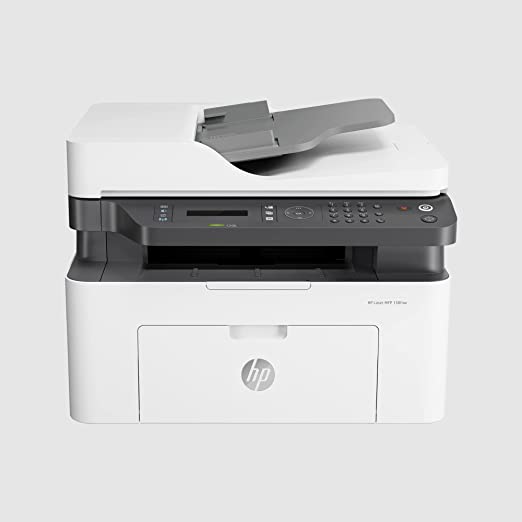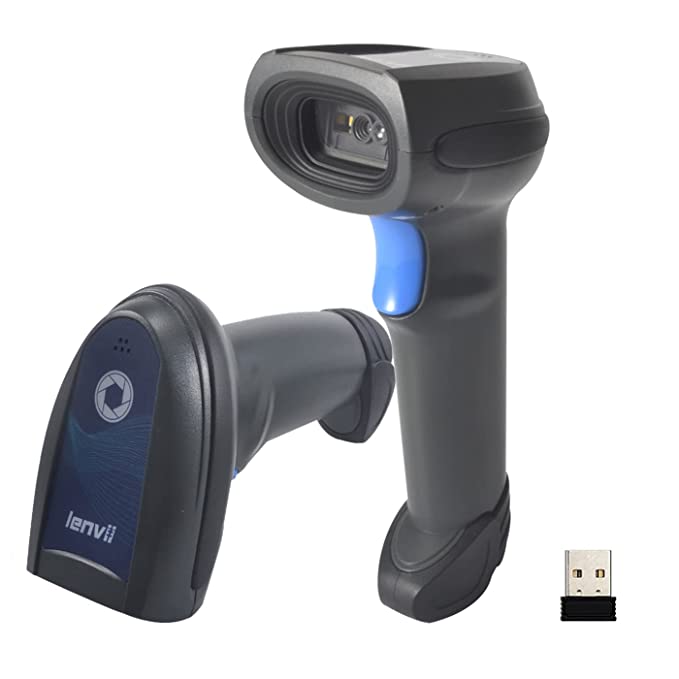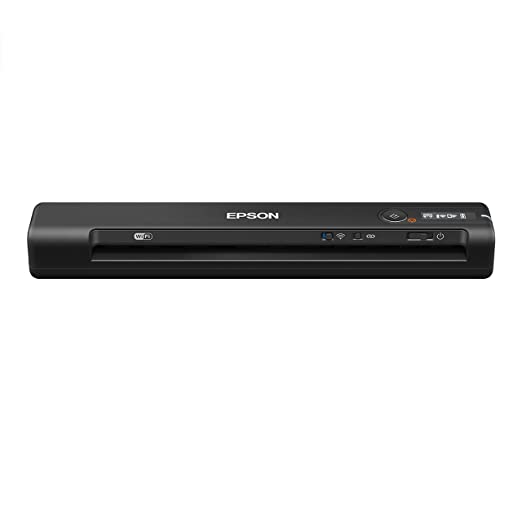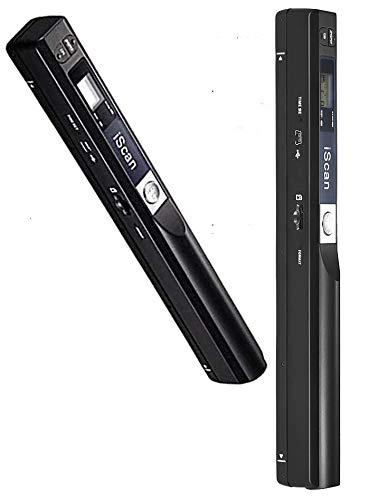BillClap is a cloud-based billing software designed to help businesses create and manage invoices, track expenses, and receive payments. It is suitable for small and medium-sized businesses and can be used by individuals, freelancers, and entrepreneurs. The software provides features such as invoice customization, automated payment reminders, expense tracking, and real-time reporting. It also allows users to accept online payments through various payment gateways, including PayPal and Stripe. BillClap offers a free plan with limited features, as well as paid plans with additional features and support. Overall, BillClap helps businesses streamline their billing and payment processes and improve their cash flow management.
TYPES OF PRINTER YOU CAN USE
There are several types of printers that can be used with billing software. The most common types are:
1. Thermal printers
These printers use heat to print on special thermal paper, which is often used for printing receipts. They are reliable and fast, making them a popular choice for businesses that need to print a large number of receipts quickly. A thermal printer is a type of printer that uses heat to produce images on paper. Instead of using ink or toner like traditional printers, thermal printers use special heat-sensitive paper and a heating element to create images or text.There are two main types of thermal printers: direct thermal and thermal transfer. Direct thermal printers use heat to activate the ink on the special paper, while thermal transfer printers use heat to transfer ink from a ribbon onto the paper.Thermal printers are often used in applications where durability and speed are important, such as in retail, logistics, and healthcare. They are commonly used for printing receipts, shipping labels, barcodes, and other types of labels. Thermal printing is also used for printing photographs, as many instant cameras use thermal printing technology to produce small, portable prints.
FOR EXAMPLE: 3-inch printer
A dot matrix printer is a type of impact printer that uses a print head with small pins to strike an inked ribbon, creating dots on paper to form characters and images.The print head contains a matrix of pins, arranged in a rectangular grid. When a character or image is to be printed, the pins are fired selectively, striking the ribbon against the paper to create dots. By selectively firing different pins in the matrix, various characters and images can be created.Dot matrix printers were widely used in the 1980s and 1990s for printing text and graphics, particularly for printing multipart forms such as invoices or shipping documents. '
They were known for their durability and reliability, but their relatively low print quality and noise level led to their decline in popularity as newer printing technologies such as inkjet and laser printing became more prevalent.
Dot matrix printers are still used in some specialized applications, such as printing receipts or tickets in industrial settings where durability and low cost are important factors.
3. Inkjet printers
An inkjet printer is a type of non-impact printer that sprays tiny droplets of ink onto paper to produce text or images.Inkjet printers typically have one or more ink cartridges containing liquid ink. The ink is sprayed onto the paper through tiny nozzles in the print head as it moves back and forth across the paper. The nozzles are controlled by electronic circuits that determine the precise amount and location of ink to be sprayed.Inkjet printers are known for their ability to produce high-quality color images and text, and they are widely used for home and office printing, as well as in commercial printing applications. They are generally less expensive than laser printers, and they are capable of printing on a wide variety of paper types and sizes.
Inkjet printers can be used for a range of printing tasks, including printing documents, photographs, graphics, and even fine art prints. Many modern inkjet printers also come with features such as wireless connectivity, automatic duplex printing, and mobile printing capabilities, making them a versatile and convenient printing option for both home and business use.
4. Laser printers
These printers use a laser to create characters on paper. They are often used for printing high-quality invoices, bills, and other documents. They are faster than inkjet printers, but they are also more expensive. A laser printer is a type of non-impact printer that uses a laser beam to produce high-quality text and images on paper.Laser printers work by using a laser beam to charge a photosensitive drum in the printer. The drum then attracts toner particles, which are transferred to the paper and fused onto the page with heat. The process of transferring toner to paper is called electrophotography, or xerography.
Laser printers are known for their speed, precision, and high-quality output, making them a popular choice for office and professional printing applications. They are capable of printing at high speeds and can produce sharp, clear text and graphics, even at small font sizes.Laser printers generally use toner cartridges, which are available in black and white or color. They are typically more expensive than inkjet printers, but they have a lower cost per page and are more efficient for printing large volumes of text and graphics.In addition to standard printing capabilities, many laser printers also come with features such as duplex printing, networking capabilities, and mobile printing options, making them a versatile and convenient option for both home and business use.When choosing a printer for your billing software, it is important to consider factors such as print quality, speed, cost, and durability. You should also ensure that the printer is compatible with your billing software and that it can handle the volume of printing that your business requi

TYPES OF SCANNER YOU CAN USE
Bill Clap is a cloud-based billing software that can work with a variety of scanners, including:
1. Flatbed scanners
A flatbed scanner is a type of scanner that is commonly used to scan documents, photos, and other flat objects. It works by placing the item to be scanned face-down on a flat glass surface, which is then illuminated by a light source. A scanning head, usually mounted on a moving arm, then passes over the glass and captures the image using sensors or a charge-coupled device (CCD).Flatbed scanners can capture high-quality images with resolutions ranging from 300 to 1200 dots per inch (dpi). They are commonly used in offices, schools, and homes to scan documents, receipts, and photos for digital archiving, email, or printing. Some models also have additional features such as automatic document feeders (ADF) for scanning multiple pages at once, and OCR (Optical Character Recognition) software for converting scanned text into editable digital text.Flatbed scanners are easy to use and produce high-quality images, but they are limited in terms of what they can scan. They are not suitable for scanning three-dimensional objects or items that are too large or thick to fit on the glass surface. For those types of objects, other types of scanners such as handheld or sheet-fed scanners may be more appropriate.

2. Sheet-fed scanners
A sheet-fed scanner is a type of scanner that is used to scan a stack of paper documents or other thin, flat items such as business cards or receipts. Instead of a flat glass surface like a flatbed scanner, a sheet-fed scanner has a feeder mechanism that pulls the documents through the scanner one at a time or in batches.
The feeder mechanism can be either automatic or manual. Automatic feeders can hold up to several dozen pages at once and can scan them quickly and efficiently. Manual feeders, on the other hand, require the user to feed each page individually into the scanner, which can be more time-consuming but may be necessary for delicate or irregularly shaped documents.Sheet-fed scanners come in different sizes and can handle various document sizes, from small business cards to legal-sized documents. They are commonly used in offices and businesses to digitize large volumes of paper documents, as they can process documents much faster than flatbed scanners. Some models also have advanced features such as automatic duplex scanning, where both sides of a document are scanned automatically.While sheet-fed scanners are efficient for scanning large volumes of documents, they may not be suitable for scanning thick or irregularly shaped objects. For those types of objects, flatbed scanners or other specialized scanners may be more appropriate.

3. Portable scanners
A portable scanner is a type of scanner that is designed to be lightweight and compact, making it easy to carry around and use in various locations. Portable scanners can come in different forms, including handheld scanners or scanners with built-in batteries.Handheld scanners are small, battery-operated devices that are held in the hand and moved over the surface of the document to be scanned. They are useful for scanning small or irregularly shaped items such as receipts, business cards, or even books. They can typically save scanned images to a memory card or transfer them directly to a computer via USB.
Another type of portable scanner is a compact scanner with a built-in battery. These scanners are typically larger than handheld scanners but still small enough to fit in a backpack or briefcase. They can be used to scan documents, photos, or other flat items and can save the scanned images to a memory card or transfer them directly to a computer via USB.Portable scanners are ideal for people who need to scan documents or images while on the go, such as traveling professionals, field researchers, or students. They are also useful for people who have limited space in their home or office and don't want a large scanner taking up valuable desk space. However, portable scanners may not be suitable for scanning large volumes of documents or thick or irregularly shaped items.

When choosing a scanner for Bill Clap, it is important to consider factors such as scan quality, speed, and compatibility with the software. Additionally, it is recommended to choose a scanner that can handle the volume of scanning that your business requires. Some scanners also offer additional features such as automatic document feeders, double-sided scanning, and OCR (optical character recognition) capabilities.






